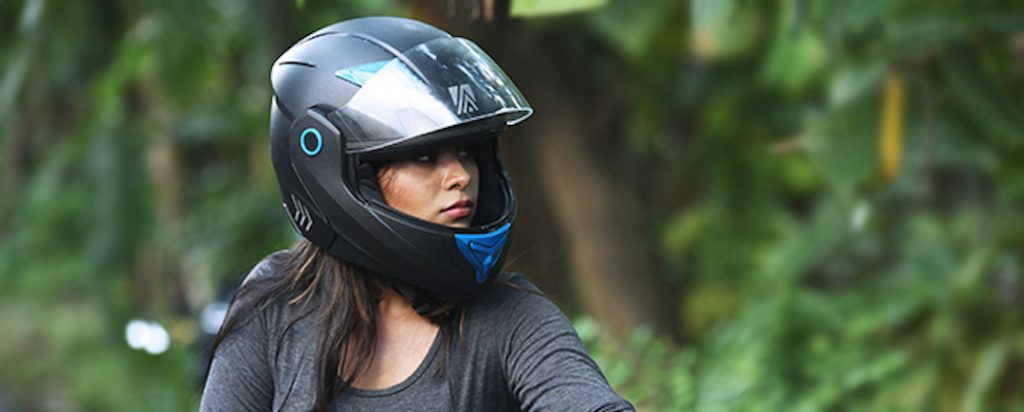Artificial intelligence (AI) is a hot-button topic. IBM defines AI as a technology that “leverages computers and machines to mimic the problem-solving and decision-making capabilities of the human mind.” No matter what industry one occupies, AI will inevitably come up in conversation. As a technological frontier, with AI, there are limitless possibilities when it comes to its uses. AI can pop up in the most unlikely sectors of the economy, including sports protective gear.
Research and Markets recently published a report that charts the global sports protective gear market, which the site defines as “protective equipment used by athletes and sports persons to protect their fingers, knees, waist, ankles, and wrists.” The site continues that in addition to protecting these areas of the body from injury, sports protective gear also “increases joint stability, safeguards joints and muscles during physical activity, and stops secondary injuries” from occurring.
The global sports protective gear market is expected to reach $4.02 billion in 2023, up from $3.72 billion in 2022. By 2027, Research and Markets projects the global sports protective gear market will grow to $5.35 billion with a compound annual interest rate (CAGR) of 7.4 percent. The report notes that increased participation in sports and recreational activities is a driver of this growth. Still, technological innovations are expected to be influential on the future of the market generally. And it is thanks to AI.
The Effectiveness of Sports Protective Gear
Sports protective gear is used as a preventative measure. According to Johns Hopkins Medicine, more than 3.5 million sports-related injuries are reported each year in the US among children and teens. Johns Hopkins continues that though fatalities from sports-related injuries are rare, brain injuries are the “leading cause of death from a sports-related injury,” and “sports and recreational activities contribute to approximately 21 percent of all traumatic brain injuries among American children.” Contact sports like football are the most likely to cause injury, but any physical activity comes with risks.
With properly designed and fitted gear, the wearer can drastically reduce the likelihood and severity of injury to their body. For instance, wearing proper protective eyewear can prevent 90 percent of eye injuries, according to the American Academy of Ophthalmology, and more than 40 percent of eye injuries every year are sports-related. A 2018 meta-analysis by Alena Høye “conducted on the effectiveness of bicycle helmets on serious head injury and other injuries among crash involved cyclists,” found that bicycle helmets “reduce head injury by 48 percent, serious head injury by 60 percent, traumatic brain injury by 53 percent, face injury by 23 percent, and the total number of killed or seriously injured cyclists by 34 percent.”
Protective gear is an essential accessory when participating in any physical activity because it is effective. But can technology make it even more effective at preventing injury and potentially treating or rehabilitating?
AI in Medicine
Sports protective gear is risk reduction for injuries, which links it with medicine. How is this impacted by technology such as AI becoming more entrenched in the medical field? Luckily, technological innovations are being made every day in medicine, and AI is at the forefront of various applications.
IBM summarizes the application of AI in medicine as “the use of machine learning models to search medical data and uncover insights to help improve health outcomes and patient experiences.” The global technology company outlines a wide range of applications where AI can be used in medicine, such as disease detection and diagnosis, personalized disease treatment, medical imaging, clinical trial efficiency, and accelerated drug development.
The consensus is that AI increases efficiency. It “can help cut down on research time by giving clinicians valuable search results with evidence-based insights about treatments and procedures while the patient is still in the room with them,” according to IBM. AI can also reduce the number of errors in patient treatment and reduce the cost of care.
There is a robust foundation for AI to become a key tool in medicine, and it only follows that it can be used in risk-reduction products like sports protective gear.
AI Innovations in Sports Protective Equipment

Research and Markets reports that “major market players” in the global sports protective gear market “are concentrating on implementing artificial intelligence in protective gear to aid sports professionals and athletes in several aspects of enhancing the spectator experience and helping to shape the look and feel of the sports enthusiasts.” Implementing AI into existing sports protective gear is intended to enhance the experience for users and spectators alike without fundamentally changing the application or execution of the equipment.
A key player making headway in the AI-enabled sports protective gear sector is Altor. The India-based startup that designs and manufactures smart helmets with AI capabilities. The Altor Smart Helmet has safety features enhanced by AI and smart technology, including an automatic detection system to determine if the helmet is on properly, audio navigation to keep wearers’ eyes on the road by eliminating the need to look at directions, as well as echo cancellation and noise reduction to decrease incidents of distraction. The helmet also has emergency precautions, such as an embedded emergency alert system that notifies a user’s contacts of their location with the click of a button and the accident detection technology that can detect if an accident occurs and relay important information to the wearer’s contacts. The latter feature is still in beta testing.
The development of AI-enabled sports protective gear is still in its early stages. Naturally, there are questions and concerns to consider before embedding a trendy technology like AI into consumer products like protective sports gear on a wide scale. However, AI marches on.















